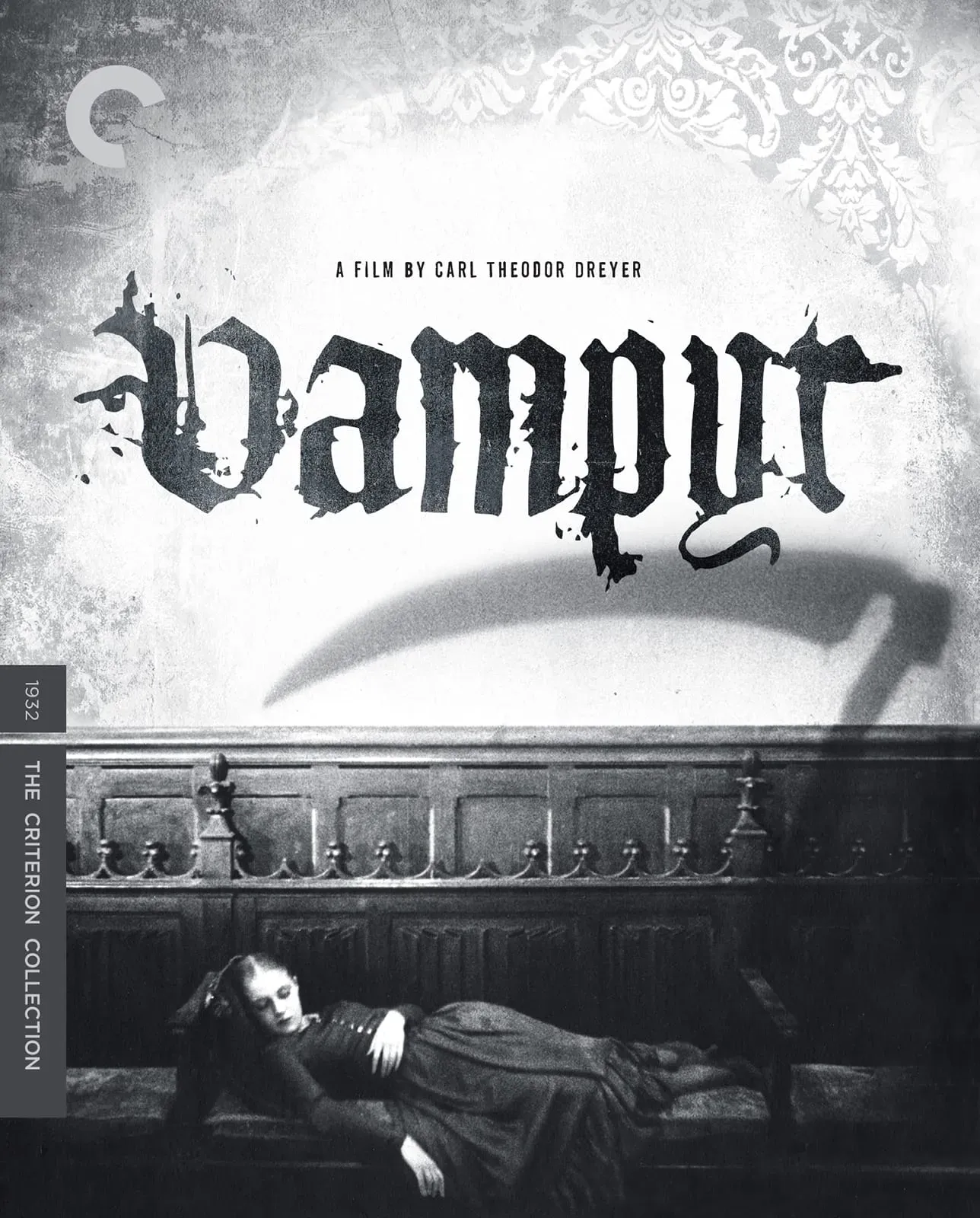Vampyr (1932)

Vampyr (1932), directed by Carl Theodor Dreyer, is a short, dreamlike take on the vampire story that favors mood, imagery and suggestion over conventional scares. You follow Allan Gray, a drifting young man with an obsessive interest in the supernatural, who arrives at a lonely riverside inn and is drawn into a small village’s strange, half-remembered nightmare. After an old man entrusts him with a sealed parcel—an eerie book about vampires—Gray discovers that a girl named Léone is wasting away after a vampiric bite and her sister Giséle is abducted. As Gray pursues shadows, ghosts and a sinister local doctor, he uncovers the undead woman Marguerite Chopin and, with help from a servant who reads the book, breaks the curse by driving a stake through the vampire’s heart. What you’ll experience: an atmosphere of slow-burning dread and surreal, expressionistic visuals rather than jump scares or explicit horror. Dreyer’s film is more poetry than plot—low-key lighting, floating shadows, animated skulls, strange camera angles and dreamlike editing blur the line between waking and nightmare. Dialogue is sparse; sound and image are used to create a haunting, otherworldly mood. The pacing is deliberate and hypnotic, with a few quietly intense moments (the staking, the discovery of the corpse) that feel more symbolic than sensational. If you like atmospheric, art-house horror—early cinema that relies on suggestion, composition and mood—Vampyr is a rewarding, influential example. If you expect fast pacing or gore, this is likely to frustrate you, but if you’re open to a moody, uncanny experience that lingers in images and impressions, the film is a haunting and visually memorable treat (running roughly 75 minutes).
Actors: Julian West, Maurice Schutz, Rena Mandel
Director: Carl Theodor Dreyer
Runtime: 75 min
Genres: Fantasy, Horror
![]() 7.4
/10
7.4
/10
7.4
/10
![]() 7.4
/10
7.4
/10